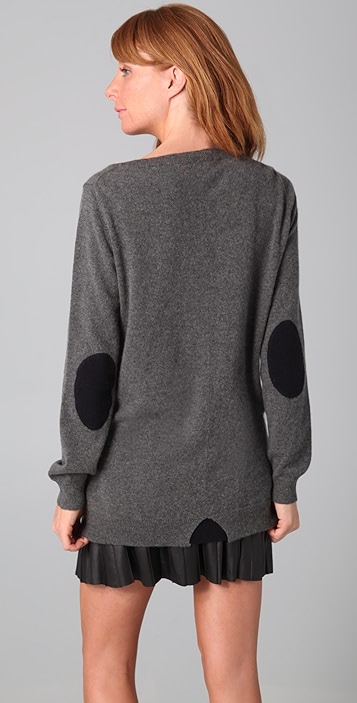Why Does Cashmere Sweater Pilling?
Cashmere sweater pilling, also known as cashmere sweater fuzzing, is a common issue that many people encounter with their cashmere sweaters. The term "pilling" refers to the small balls or pills that are formed on the surface of the sweater when it is worn or cleaned. These pills are caused by the fibers of the cashmere being compressed or rubbed together, creating small knots. The process of pilling is accelerated when the sweater is washed or worn frequently, as the fibers are subjected to more friction and compression. To reduce the likelihood of pilling, it is recommended to wash cashmere sweaters infrequently and to use a gentle detergent or soap. Additionally, avoiding wearing the sweater with other clothing items that are prone to shedding can also help to reduce pilling.
Cashmere, also known as "mountain silk," is a fiber that has long been prized for its softness, warmth, and durability. Cashmere sweaters are no exception, offering a luxurious and comfortable wear experience. However, one common issue with cashmere sweaters is that they tend to "pill," or form small balls of fiber on the surface of the garment. This can happen for a variety of reasons, including the quality of the cashmere, the construction of the sweater, and the way it is worn and cared for.
Firstly, the quality of the cashmere fiber itself can affect its propensity to pill. Higher-quality cashmere, which is usually longer and more densely packed with fibers, is less likely to pill than lower-quality cashmere. This is because the longer and more densely packed fibers are more able to withstand the wear and tear that causes pilling.

Secondly, the construction of the sweater can also contribute to pilling. Cashmere sweaters that are tightly woven or have a dense stitch pattern are more resistant to pilling than those that are loosely woven or have a sparse stitch pattern. This is because the tighter weave or denser stitch pattern provides more support to the fibers, making them less susceptible to breaking and forming pills.
Thirdly, the way the sweater is worn and cared for can also affect pilling. Cashmere sweaters should be worn with care, avoiding contact with rough surfaces or materials that could abrade the fibers. Additionally, they should be hand-washed or machine-washed on a delicate cycle with a mild detergent. The use of harsh chemicals or excessive heat during the cleaning process can also damage the fibers and promote pilling.

To reduce the risk of pilling, it is important to choose high-quality cashmere fiber and look for tightly woven or densely stitched patterns in sweaters. Additionally, proper care and maintenance of cashmere sweaters are crucial to preventing pilling and extending their lifespan. By following these guidelines, you can enjoy wearing cashmere sweaters without worrying about pilling issues.
Articles related to the knowledge points of this article:
Title: Saakashvilis Love for Ties: A Tale of Tactility and Subversion
Title: The Middle-Range羽绒服,时尚与功能的完美结合
Title: The Art of Pairing a Pink Shirt with a Tie: A Guide to Perfect Matching
Womens Medium-Long Coat with Down Feather: A Fashionable and Practical Choice for Winter



